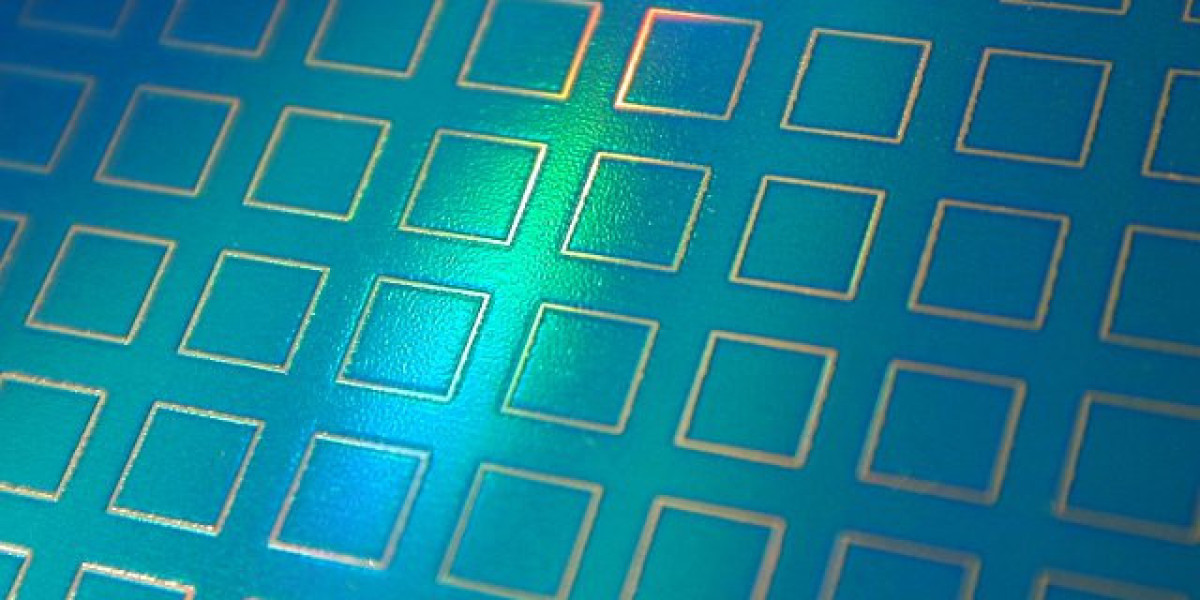KPV is a tripeptide consisting of lysine, proline, and valine that has been studied for its anti-inflammatory properties in various disease models. When preparing to use KPV for research or therapeutic purposes, it is essential to understand how to accurately reconstitute the peptide, calculate appropriate dosing based on body weight, and keep a quick reference handy for routine laboratory work.
Peptide Reconstitution Calculator
Reconstituting a lyophilized peptide such as KPV requires precise calculations to achieve the desired concentration. The following step-by-step guide uses a Peptide Reconstitution Calculator, which can be implemented in a spreadsheet or a simple script:
- Determine the mass of lyophilized peptide you have (in milligrams). For example, 0.5 mg.
- Choose your solvent. Commonly used solvents are sterile water for injection (SWFI) or a buffer such as 10 mM HEPES, pH 7.4. The volume of solvent will be determined by the target concentration.
- Decide on the final concentration you need for your experiments. Typical working concentrations for KPV range from 0.1 mg/mL to 5 mg/mL depending on the application (in vitro cell culture, subcutaneous injections in mice, or intravenous administration).
- Use the formula: Desired volume (mL) = Mass of peptide (mg) ÷ Target concentration (mg/mL). For example, if you want a 1 mg/mL solution from 0.5 mg, you would add 0.5 mL of solvent.
- Mix gently by inversion or brief vortexing; avoid vigorous shaking that may cause peptide degradation.
- Store the reconstituted solution at the recommended temperature—often −20 °C for https://maps.google.fr/url?q=https://www.valley.md/kpv-peptide-guide-to-benefits-dosage-side-effects long-term storage or 4 °C if used within a week. Some peptides are sensitive to light, so use amber vials when necessary.
- Peptide purity percentage (to adjust mass calculations)
- Expected loss during handling
- pH adjustment steps if the peptide is unstable at extreme pH
Below is a concise reference sheet that laboratories can print or keep on hand for rapid access when preparing KPV doses.
General Reconstitution
| Target Concentration | Volume of Solvent (mL) per 0.5 mg Peptide |
|---|---|
| 0.1 mg/mL | 5.0 |
| 0.2 mg/mL | 2.5 |
| 0.5 mg/mL | 1.0 |
| 1.0 mg/mL | 0.5 |
| 2.0 mg/mL | 0.25 |
| 5.0 mg/mL | 0.10 |
Dosage Calculations for Animal Studies
- Mice (20 g)
- Medium dose: 1 mg/kg → 20 µg per mouse
- High dose: 10 mg/kg → 200 µg per mouse
- Rats (250 g)
- Medium dose: 1 mg/kg → 250 µg per rat
- High dose: 10 mg/kg → 2.5 mg per rat
- Human (70 kg) – for reference only, not for unapproved use
- Medium dose: 1 mg/kg → 70 mg total
- High dose: 10 mg/kg → 700 mg total
Injection Volume Guidelines
- Subcutaneous (SC): Maximum volume per site is ~200 µL for mice and ~500 µL for rats. Divide the dose across multiple sites if necessary.
- Intravenous (IV): Dilute to a final concentration of ≤10 mg/mL to avoid rapid infusion complications. Use a 25-gauge needle for small animals.
| Condition | Time Frame |
|---|---|
| −20 °C, no light | Up to 12 months |
| 4 °C, no light | Up to 1 month |
| Room temperature, protected from light | ≤24 h |
Always check the manufacturer’s data sheet for specific stability information.
Safety and Handling
- Wear gloves and eye protection when handling peptide solutions.
- Use sterile technique to avoid contamination.
- Dispose of unused peptide according to institutional biosafety guidelines.







